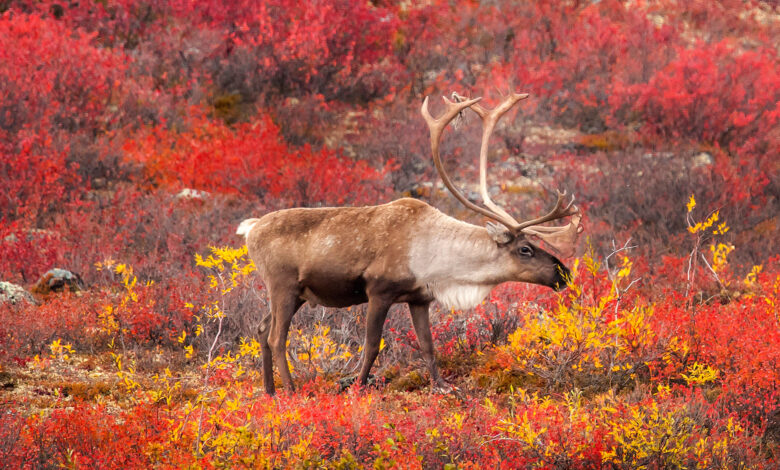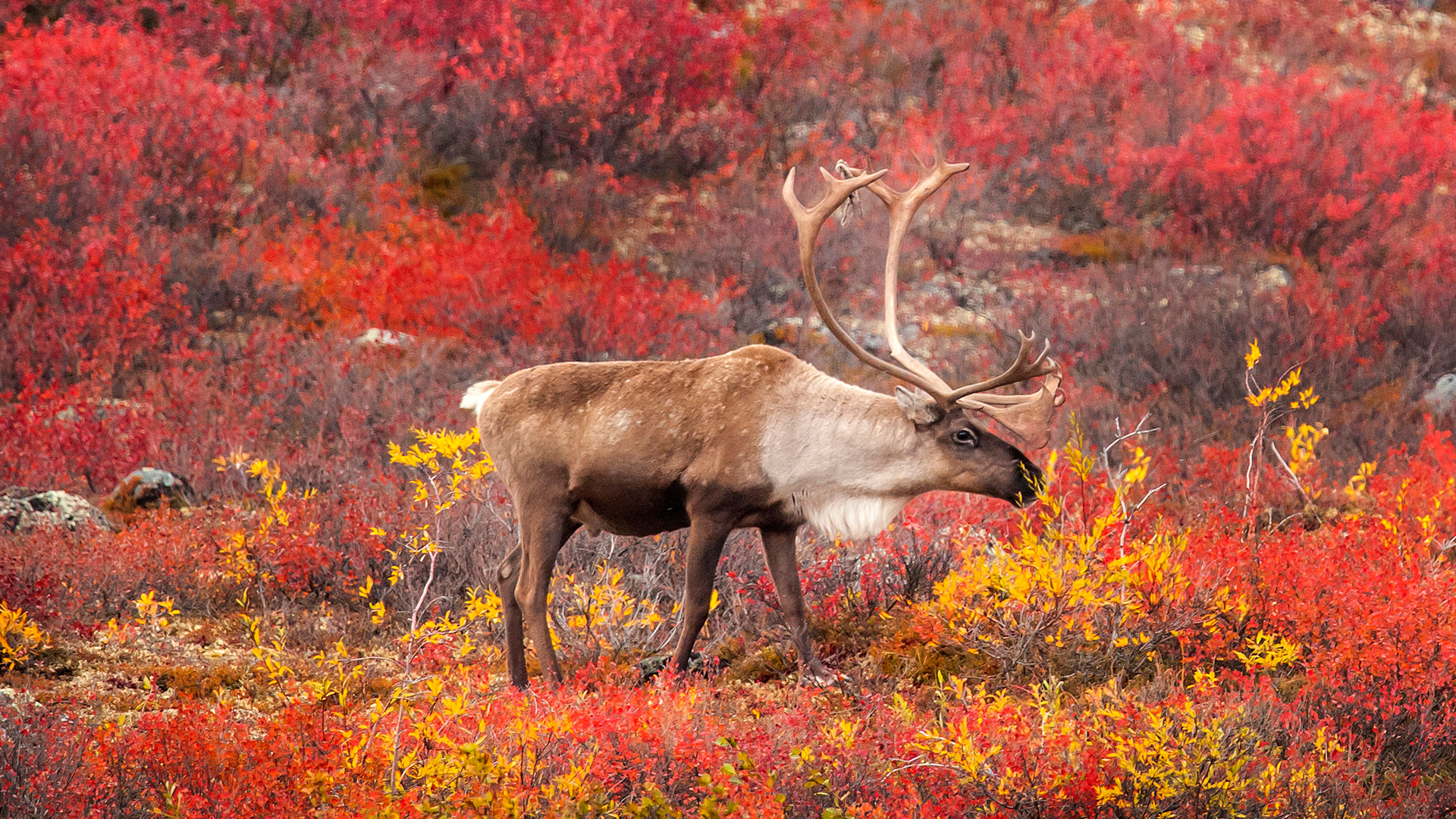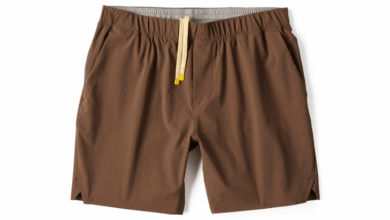Caribou: Nomads of the Northern Wilderness

What do Caribou look like?
Caribou live in boreal forests, as well as Arctic tundra regions of North America, Asia, Northern Europe, and Greenland. In Canada, they live in all provinces and territories, except Prince Edward Island, New Brunswick, and Nova Scotia.

Photo: Robert Berdan
Fun facts about Caribou
- When Caribou sense danger, they stand on their hind legs and release a scent from their ankles that warn other caribou of trouble afoot.
- Caribou can travel more than 5000 kilometers a year—more than any other land mammal.
- Caribou hooves are hollow to make digging up food easier, and are flat enough to act like snowshoes.
- Both male and female Caribou grow antlers, making them the only members of the deer family that do this.
- Caribou are excellent swimmers, often crossing rivers and lakes during migration.
Want to help Canadian species like caribou and more? Be a voice for Nature and send a personal letter to the Prime Minister, Environment Minister, and the Oceans Minister demanding wildlife protection.
Send the Letter!
Caribou Threats and Conservation
Despite their wide range, these majestic mammals are a threatened species. Their populations are dropping dramatically due to climate change and development which negatively affect their habitat and food security. Of the 51 Caribou herds living in Canada, not a single one is growing and at least 20 are declining.
Stay tuned with the latest in Canadian nature by subscribing to our emails. You’ll receive regular updates about what we’re doing to protect species like Caribou, and how you can help.
Sources:
Caribou live in boreal forests, as well as Arctic tundra regions of North America, Asia, Northern Europe, and Greenland. In Canada, they live in all provinces and territories, except Prince Edward Island, New Brunswick, and Nova Scotia.

Photo: Robert Berdan
Fun facts about Caribou
- When Caribou sense danger, they stand on their hind legs and release a scent from their ankles that warn other caribou of trouble afoot.
- Caribou can travel more than 5000 kilometers a year—more than any other land mammal.
- Caribou hooves are hollow to make digging up food easier, and are flat enough to act like snowshoes.
- Both male and female Caribou grow antlers, making them the only members of the deer family that do this.
- Caribou are excellent swimmers, often crossing rivers and lakes during migration.
Want to help Canadian species like caribou and more? Be a voice for Nature and send a personal letter to the Prime Minister, Environment Minister, and the Oceans Minister demanding wildlife protection.
Send the Letter!
Caribou Threats and Conservation
Despite their wide range, these majestic mammals are a threatened species. Their populations are dropping dramatically due to climate change and development which negatively affect their habitat and food security. Of the 51 Caribou herds living in Canada, not a single one is growing and at least 20 are declining.
Stay tuned with the latest in Canadian nature by subscribing to our emails. You’ll receive regular updates about what we’re doing to protect species like Caribou, and how you can help.
Sources:
[/vc_column_text][/vc_column][/vc_row]
There are various subspecies of Caribou, but generally, Caribou are big with antlers and short tails. Caribou can measure 1 – 2 metres in length and stand 1 – 1.5 metres and can weigh between 130 and 700 pounds. Woodland Caribou, who live in Canada’s boreal forest, are the largest of the subspecies. Caribou colouring can range from the brown of Woodland Caribou to the snowy white of their Arctic-dwelling counterparts.
Where do Caribou live?
Caribou live in boreal forests, as well as Arctic tundra regions of North America, Asia, Northern Europe, and Greenland. In Canada, they live in all provinces and territories, except Prince Edward Island, New Brunswick, and Nova Scotia.

Photo: Robert Berdan
Fun facts about Caribou
- When Caribou sense danger, they stand on their hind legs and release a scent from their ankles that warn other caribou of trouble afoot.
- Caribou can travel more than 5000 kilometers a year—more than any other land mammal.
- Caribou hooves are hollow to make digging up food easier, and are flat enough to act like snowshoes.
- Both male and female Caribou grow antlers, making them the only members of the deer family that do this.
- Caribou are excellent swimmers, often crossing rivers and lakes during migration.
Want to help Canadian species like caribou and more? Be a voice for Nature and send a personal letter to the Prime Minister, Environment Minister, and the Oceans Minister demanding wildlife protection.
Send the Letter!
Caribou Threats and Conservation
Despite their wide range, these majestic mammals are a threatened species. Their populations are dropping dramatically due to climate change and development which negatively affect their habitat and food security. Of the 51 Caribou herds living in Canada, not a single one is growing and at least 20 are declining.
Stay tuned with the latest in Canadian nature by subscribing to our emails. You’ll receive regular updates about what we’re doing to protect species like Caribou, and how you can help.
Sources:
[/vc_column_text][/vc_column][/vc_row]




